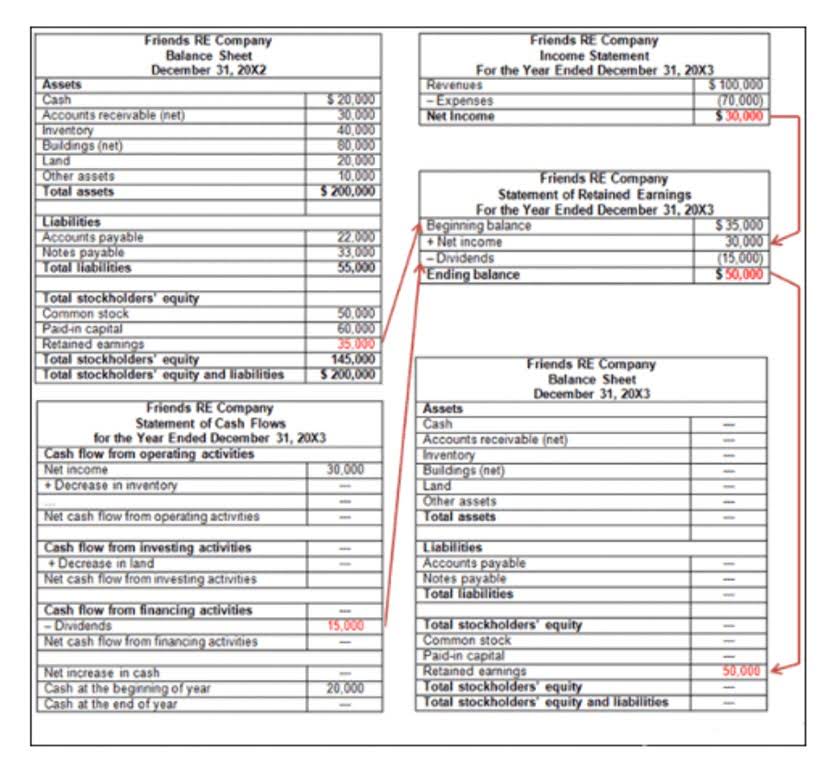
Additionally, you can use gross margin alongside other metrics, such as net margin or even operating margin, for a more comprehensive financial overview. Based on PG’s most recent quarterly gross profit of 47.38%, it has an excellent gross profit relative to its sector. The best way to interpret a company’s gross margin is to analyze the trends over time and compare the number to the industry and peers. While the gross margin only accounts for a company’s COGS, the net margin accounts for COGS plus all indirect, interest, and tax expenses. Kristen Slavin is a CPA with 16 years of experience, specializing in accounting, bookkeeping, and tax services for small businesses.

Gross Margin Ratio Definition and Formula
A member of the CPA Association of BC, she also holds a Master’s Degree in Business Administration from Simon Fraser University. In her spare time, Kristen enjoys camping, hiking, and road tripping with her husband and two children. The firm offers bookkeeping and accounting services for business and personal needs, as well as ERP consulting and audit assistance. Suppose we’re tasked with calculating the gross margin of three companies operating in the same industry. The gross margin is the revenue remaining upon subtracting cost of goods sold (COGS), expressed as a percentage.
- You have the flexibility to use the cash for any purpose, which is why free cash flow is so valuable.
- Some businesses that have higher fixed costs (or indirect costs) need to have a greater gross profit margin to cover these costs.
- A resilient supply chain is crucial, but unexpected disruptions can still challenge gross margins.
- The difference between the gross margin and net profit margin pertains to the type of expenses deducted from the profit metric.
- Gross profit margin is one of the key metrics that analysts and investors use to assess a company’s financial health and efficiency.
Gross Profit vs. Gross Profit Margin
Organic net sales growth reflects 4 percentage points of growth from the favorable impact of foreign exchange. Adjusted EBITDA in the fiscal fourth quarter was $27 million, compared to $27 million in the prior year period, gross margin accounting as productivity offset inflation. Adjusted EBITDA margin was 17.0%, a 40-basis point improvement from the prior year period. Adjusted EBITDA in fiscal 2024 was $99 million compared to $123 million in the prior year.
Difference Between Gross Margin and Gross Profit
- Premium pricing might elevate gross margins, reflecting a high perceived value.
- While they are often used interchangeably, there is a subtle difference between them.
- Since COGS were already taken into account, the remaining funds are available to be used to pay operating expenses (OpEx), interest expenses, and taxes.
- The increase was primarily due productivity, partially offset by inflation.
- The increase was driven by strength in soup and private label spreads and drizzles in the UK, partially offset by softness in Linda McCartney’s® Foods and Yves® plant-based meat free.
- Gross Margin and Gross Profit are closely related financial metrics that help businesses understand their profitability.
Get instant access to video lessons taught by experienced investment bankers. Learn financial statement modeling, DCF, M&A, LBO, Comps and Excel shortcuts. The revenue and cost of goods sold (COGS) of each company is listed in the section below. To express the metric in percentage form, the resulting decimal value figure must be multiplied by 100.

- By understanding their gross margin, businesses can make informed decisions about pricing strategies, production costs, and overall profitability.
- Organic net sales growth reflects 4 percentage points of growth from the favorable impact of foreign exchange.
- Both factor in a company’s revenue and the cost of goods sold but they’re a little different.
- That is why it is almost always listed on front page of the income statement in one form or another.
- Adjusted EBITDA in fiscal 2024 was $99 million compared to $123 million in the prior year.
- Improving gross margin can be done by increasing sales price, reducing costs of goods sold, and improving product or service design.
Even products that sell a large volume may not be very profitable if they demand a large amount of materials and labor costs. Assess which products deliver the best profit and consider whether you could cut poorly performing products and focus on more profitable ones. You can use this information to pinpoint elements of your sales that are going well or to cut ineffective practices. Analyzing changes in your company’s gross margin helps you track trends in financial health.
For example, a smaller margin compared to the industry average might suggest that a firm is underpricing. The net profit of a company, which includes the total of all the incomes of the company after deducting all expenses, can be calculated by dividing its net income by its total revenues. Both ratios provide different details about a business’ performance and health.
But when you focus on ways to increase customer retention, you can continue to make sales to the same people over and over without the expense of lead generation and conversion. Does your business regularly buy and use the same supplies over and over? These could be for daily operations, to make goods, or even to ship products to customers. Whatever your regular supplies are, don’t just buy them when you need them. Pay attention to the price, and buy in bulk when prices are low or supplies are on sale. Sometimes this is unavoidable; you will need to pay for supplies, website hosting, employee salaries, and many other expenses.

A high gross profit margin means that the company did well in managing its cost of sales. It also shows that the company has more to cover for operating, financing, and other costs. The gross profit margin may be improved by increasing sales price or decreasing cost of sales. However, such measures may have negative effects such as decrease in sales volume due to increased prices, or lower product quality as a result of cutting costs.

- Notice that in terms of dollar amount, gross profit is higher in Year 2.
- Identifying these inflection points can guide future strategies, enabling businesses to replicate successes and sidestep pitfalls.
- This strong performance enabled us to reduce net debt by $86 million over the course of the year, and drive improvement in our leverage ratio to 3.7x.
- In real world practice, different industries operate at different gross margin ratios.
- Gross margin ratio also helps you determine the profitability of the goods and services your business provides.
Additionally, it shows cost efficiency and can serve as an easy way for companies and investors to track performance over time. Compare your prices against competitors and calculate whether you can match or compete. If you can’t drop your prices, see whether you can compete by offering better service or more appealing branding. The gross profit of the retail business – the difference between revenue and COGS – is $2 million here. There is a wide variety of profitability metrics that analysts and investors use to evaluate companies. Management can use the net profit margin to identify business inefficiencies and evaluate the effectiveness of its current business model.










